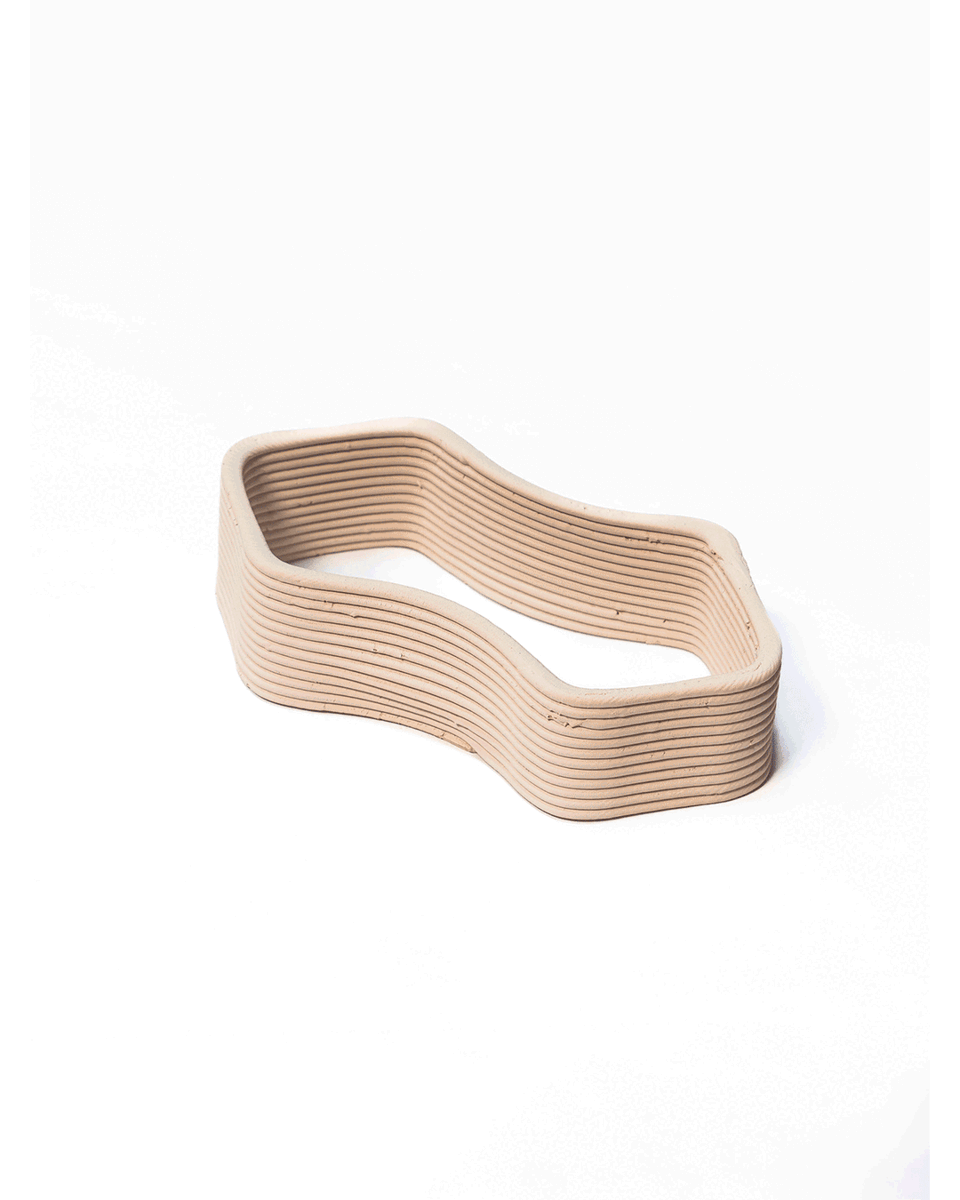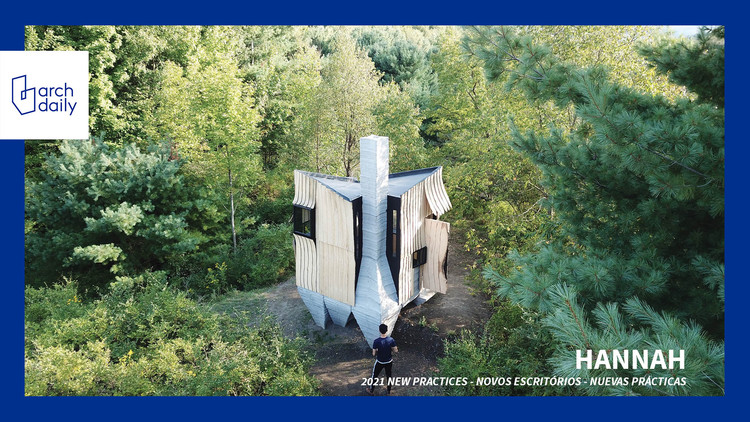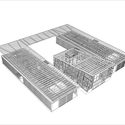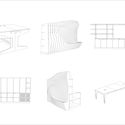
The relationship between man and machine has long been a complex and nuanced one, especially for modern artisans. While machines are often seen as tools that can enhance productivity, the comparison between human hands and mechanical efficiency can be misleading. Machines, with their ability to perform tasks with precision and without fatigue, can overshadow the unique qualities that define human craftsmanship.
Unlike machines, humans are inherently imperfect, and it is this very imperfection that fosters creativity and self-expression. When a person repeats a task with their hands, they do so with a rhythm, guided by an awareness and an understanding that transcends mere mechanical repetition. This rhythm is not just a physical pattern, but a reflection of the unity between the mind, hand, and eye—a connection that machines cannot replicate. The act of making, with all its subtle variations and imperfections, is what imbues human work with meaning and value.









































.jpg?1643423986)
.jpg?1643425181)
_V%C3%ADctor_Pati%C3%B1o_George.jpg?1643424298)








.jpg?1624956731)






_Roman_Keller.jpg?1623778755)
_courtesy_ICD_ITKE.jpg?1623779114)
_courtesy_Professor_XU_Weiguo's_Team_02.jpg?1623779045)





